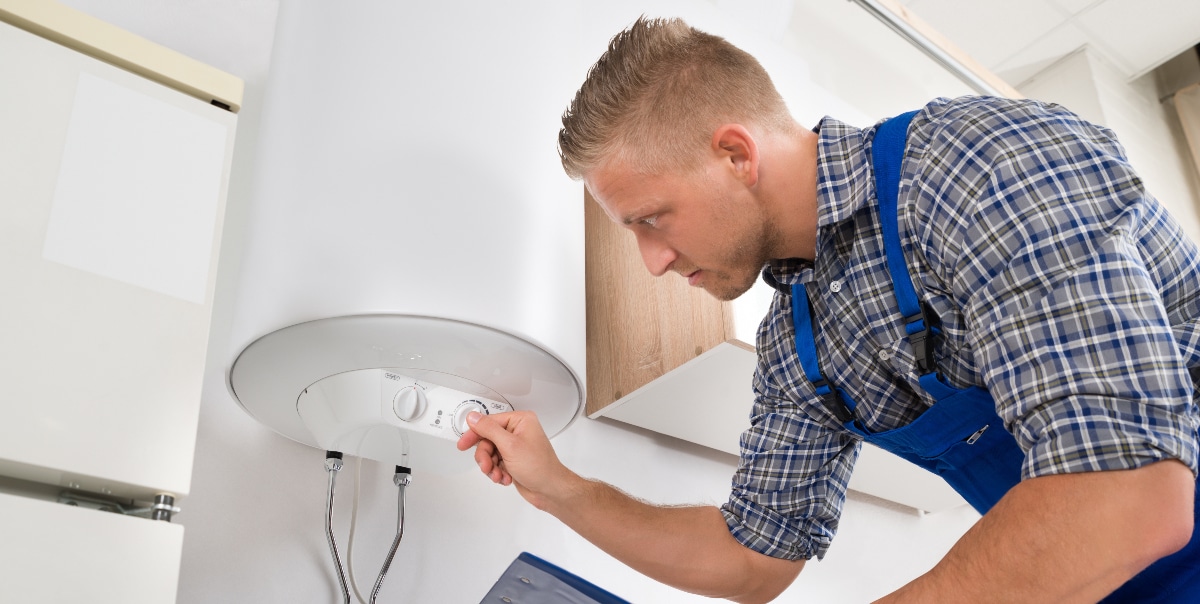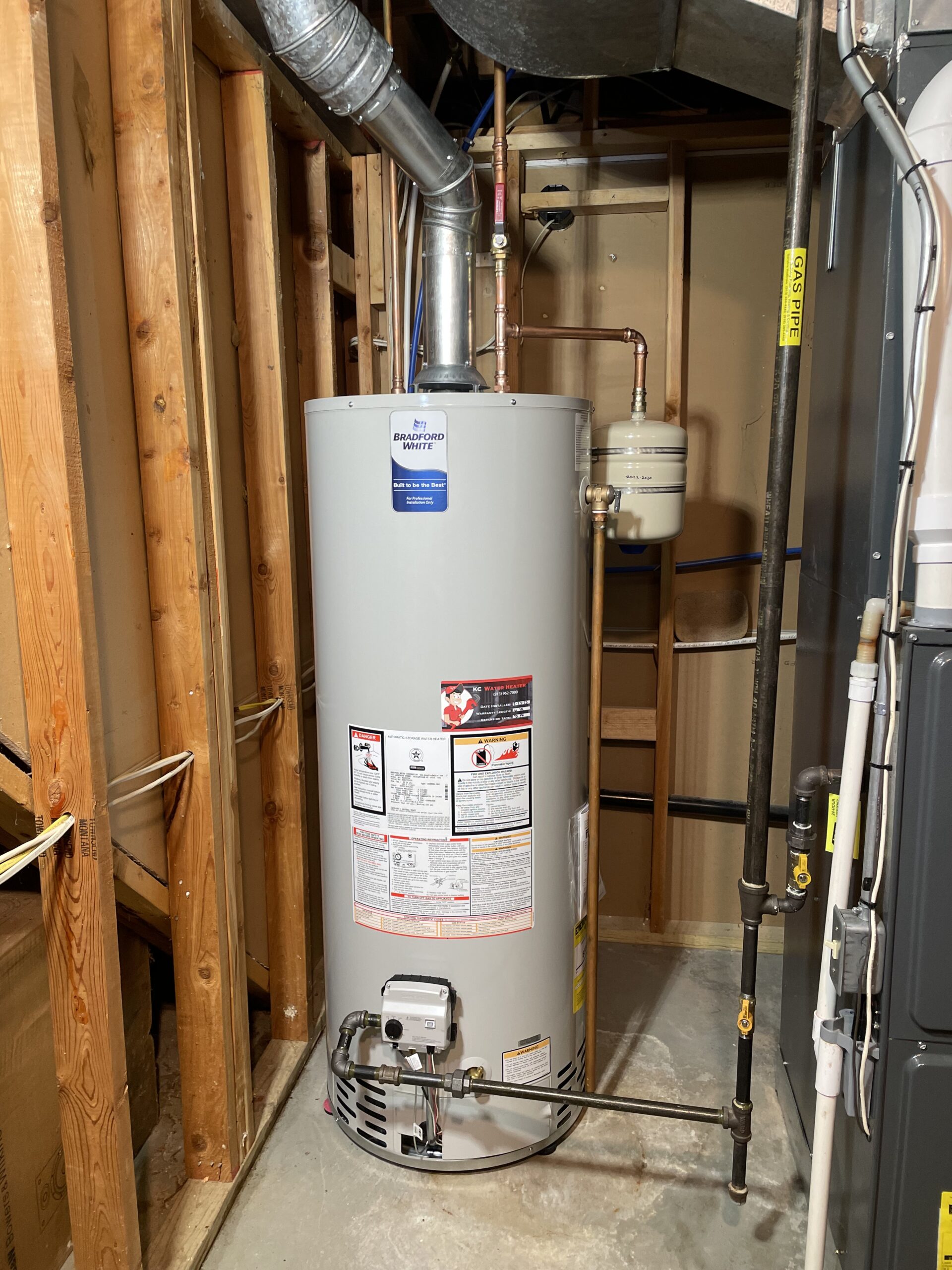Important Maintenance Tips for Your Home's Hot Water SystemImportant Guidance on Caring for Your Home's Hot Water System
Important Maintenance Tips for Your Home's Hot Water SystemImportant Guidance on Caring for Your Home's Hot Water System
Blog Article
What are your thoughts about How to Maintain a Hot Water Heater in a Few Simple Steps?

Warm water is crucial for day-to-day convenience, whether it's for a rejuvenating shower or washing meals. To guarantee your hot water system runs efficiently and lasts longer, normal maintenance is vital. This short article gives functional pointers and insights on just how to maintain your home's warm water system to avoid interruptions and costly repair services.
Intro
Preserving your home's warm water system might appear complicated, but with a few straightforward steps, you can ensure it runs smoothly for many years to find. This overview covers every little thing from comprehending your warm water system to DIY upkeep suggestions and knowing when to call in specialist help.
Relevance of Maintaining Your Hot Water System
Normal maintenance not just prolongs the life-span of your hot water system but additionally guarantees it operates successfully. Overlooking upkeep can lead to reduced efficiency, higher power bills, and also premature failure of the system.
Indicators Your Hot Water System Requirements Upkeep
Knowing when your warm water system requires focus can avoid significant issues. Watch out for indicators such as inconsistent water temperature, unusual sounds from the heating system, or rusty water.
Flushing the Hot Water Heater
Purging your water heater eliminates sediment accumulation, boosting efficiency and extending its life.
Monitoring and Changing Anode Rods
Anode rods stop corrosion inside the container. Inspecting and replacing them when worn is critical.
Complex Issues Needing Specialist Assistance
Instances consist of major leaks, electric problems, or if your water heater is continually underperforming.
Routine Expert Upkeep Conveniences
Professional upkeep can consist of comprehensive examinations, tune-ups, and ensuring compliance with safety and security standards.
Examining and Readjusting Temperature Level Setups
Adjusting the temperature setups makes certain optimal performance and security.
DIY Tips for Upkeep
You can perform several maintenance jobs on your own to keep your hot water system in top problem.
Looking for Leakages
Consistently inspect pipes and connections for leakages, as these can bring about water damages and higher bills.
Recognizing Your Hot Water System
Before diving into maintenance tasks, it's practical to recognize the standard components of your hot water system. Generally, this consists of the hot water heater itself, pipelines, anode poles, and temperature level controls.
Monthly Upkeep Tasks
Routine month-to-month checks can aid capture small concerns prior to they rise.
Examining Stress Alleviation Valves
Examining the stress safety valve ensures it functions correctly and avoids excessive stress build-up.
Shielding Pipelines
Shielding warm water pipelines minimizes warm loss and can conserve energy.
When to Call an Expert
While DIY maintenance is advantageous, some issues require specialist know-how.
Verdict
Routine upkeep of your home's warm water system is crucial for performance, durability, and expense savings. By following these tips and recognizing when to look for expert assistance, you can guarantee a dependable supply of warm water without unforeseen interruptions.
How to Maintain an Instant Hot Water Heater
Before tinkering with your hot water heater, make sure that it’s not powered on. You also have to turn off the main circuit breaker and shut off the main gas line to prevent accidents. Also turn off the water valves connected to your unit to prevent water from flowing into and out of the appliance. 2. When you’re done, you have to detach the purge valves’ caps. These look like the letter “T” and are situated on either side of the water valves. Doing so will release any pressure that has accumulated inside the valves while at the same time avoid hot water from shooting out and burning your skin. 3. When the purge valves’ caps are removed, you have to connect your hosing lines to the valves. Your unit should have come with three hoses but if it didn’t, you can purchase these things from any hardware or home repair shops. You can also get them from retail stores that sell water heating systems. Read the user’s manual and follow it to complete this task properly. When the hosing lines are connected, open the purge port’s valves. 4. You should never use harsh chemical cleaners or solutions when cleaning your unit. Make use of white vinegar instead. It should be undiluted and you’ll probably use about 2 gallons. 5. Now flush your water heater. This task should probably take about 40 minutes. We can’t give you specific directions for this because the procedure is carried out depending on the type, model and brand of your heater. With that being said, refer to the user’s manual. 6. When you’re done draining the unit, you have to turn off the purge port valves again. Remove the hosing lines that you earlier installed on each of the water valves. Put the valve caps (purge port) back in their respective places and be very careful so as not to damage the rubber discs that are found inside these caps. 7. Now that everything’s back in place, check your user’s manual again to find out how to reactivate your water heating system. 8. Once it is working, turn one of your hot water faucets on just to let air pass through the heater’s water supply pipes. Leave the tap on until water flows smoothly out of it. https://www.orrplumbing.com/blog/2014/september/how-to-maintain-an-instant-hot-water-heater/

I discovered that piece of writing about How to Maintain a Hot Water Heater in a Few Simple Steps while surfing around the search engines. Sharing is caring. Helping people is fun. We value your readership.
Click Here Report this page